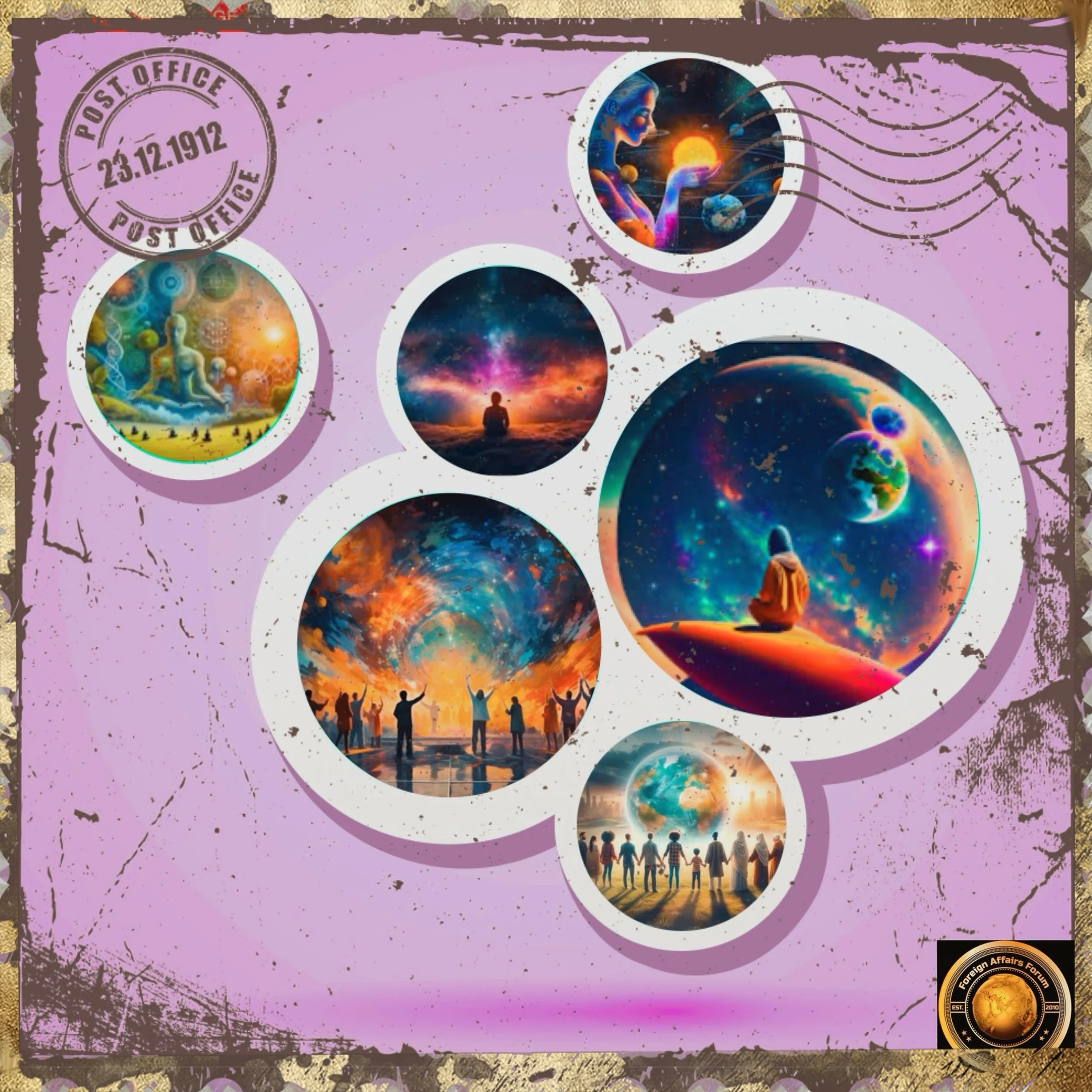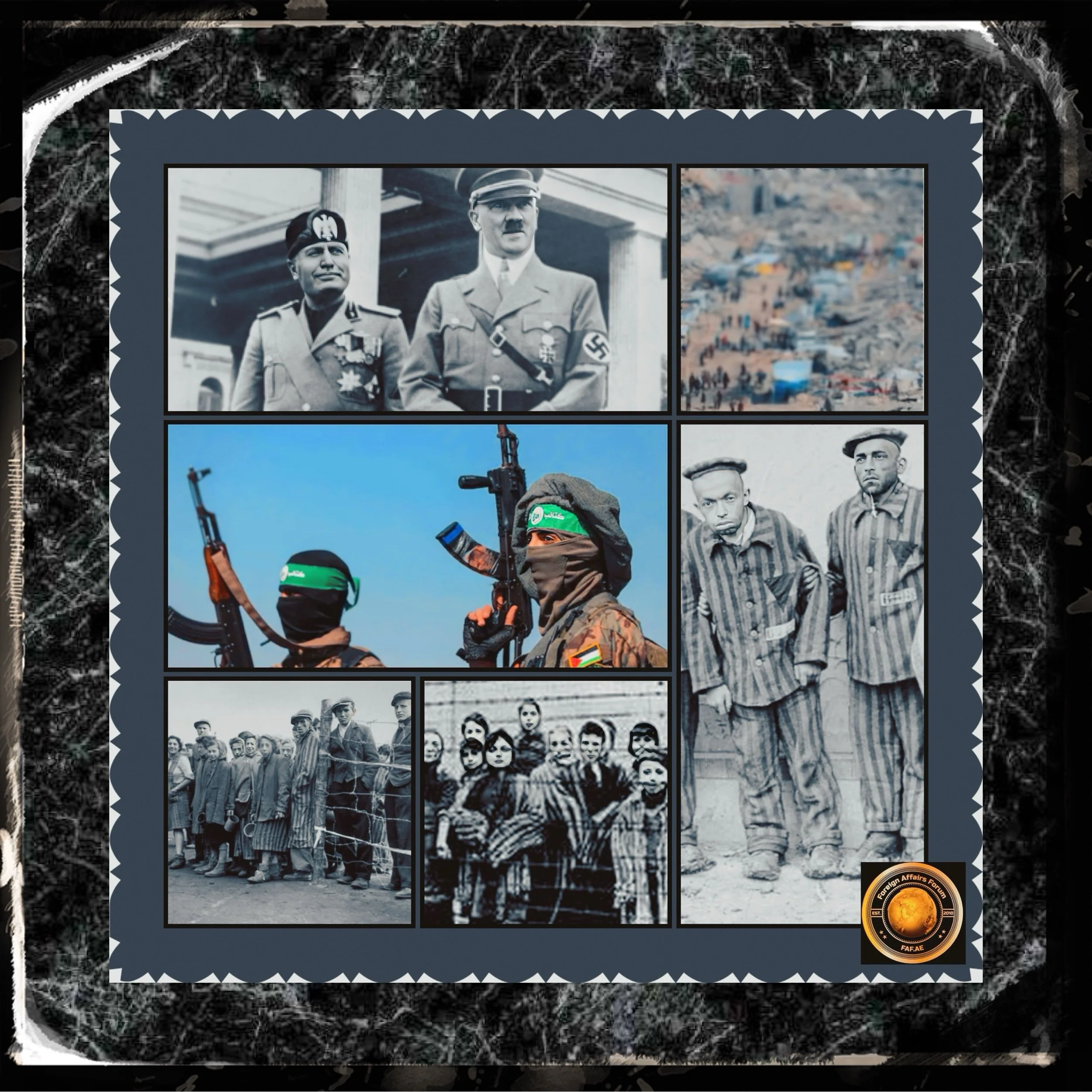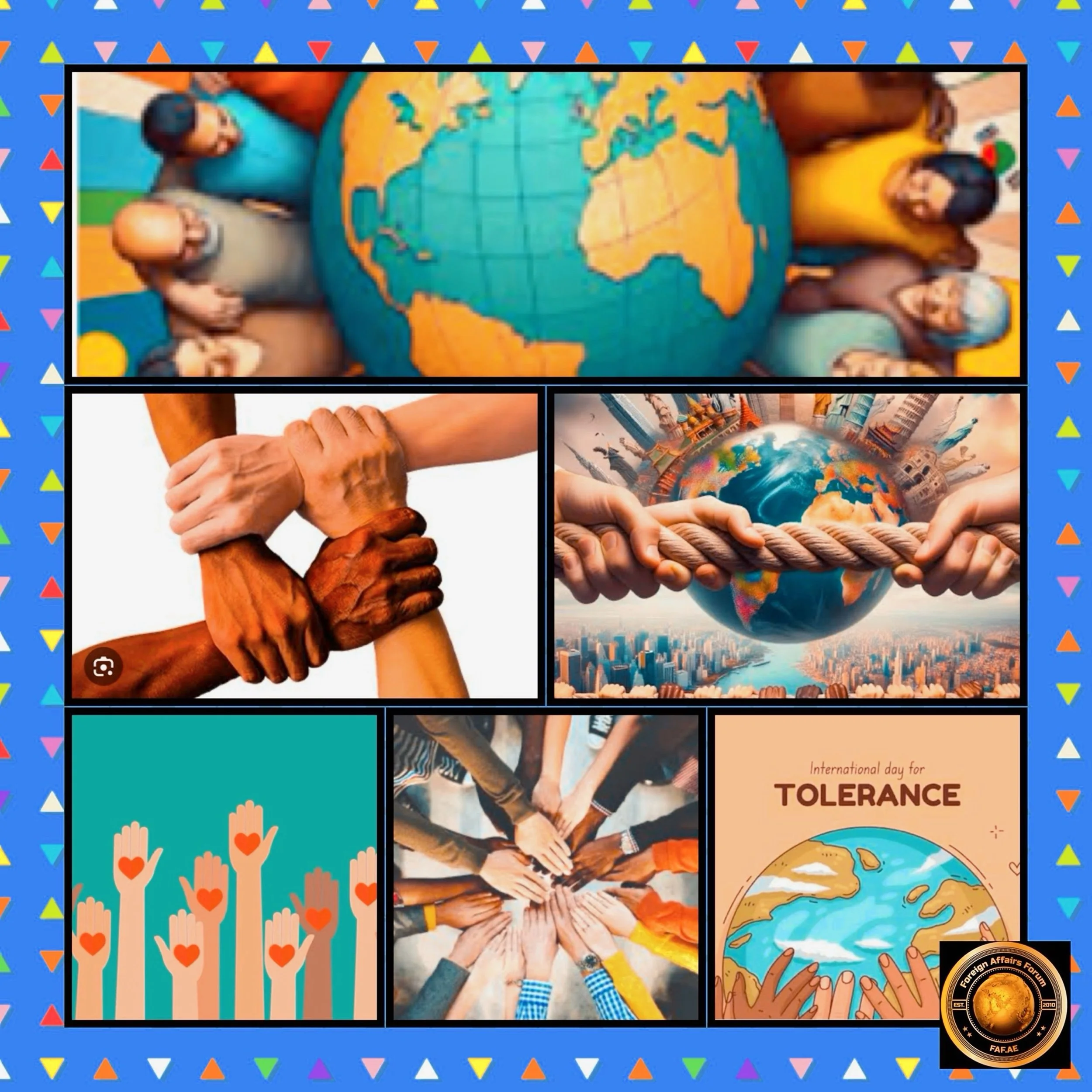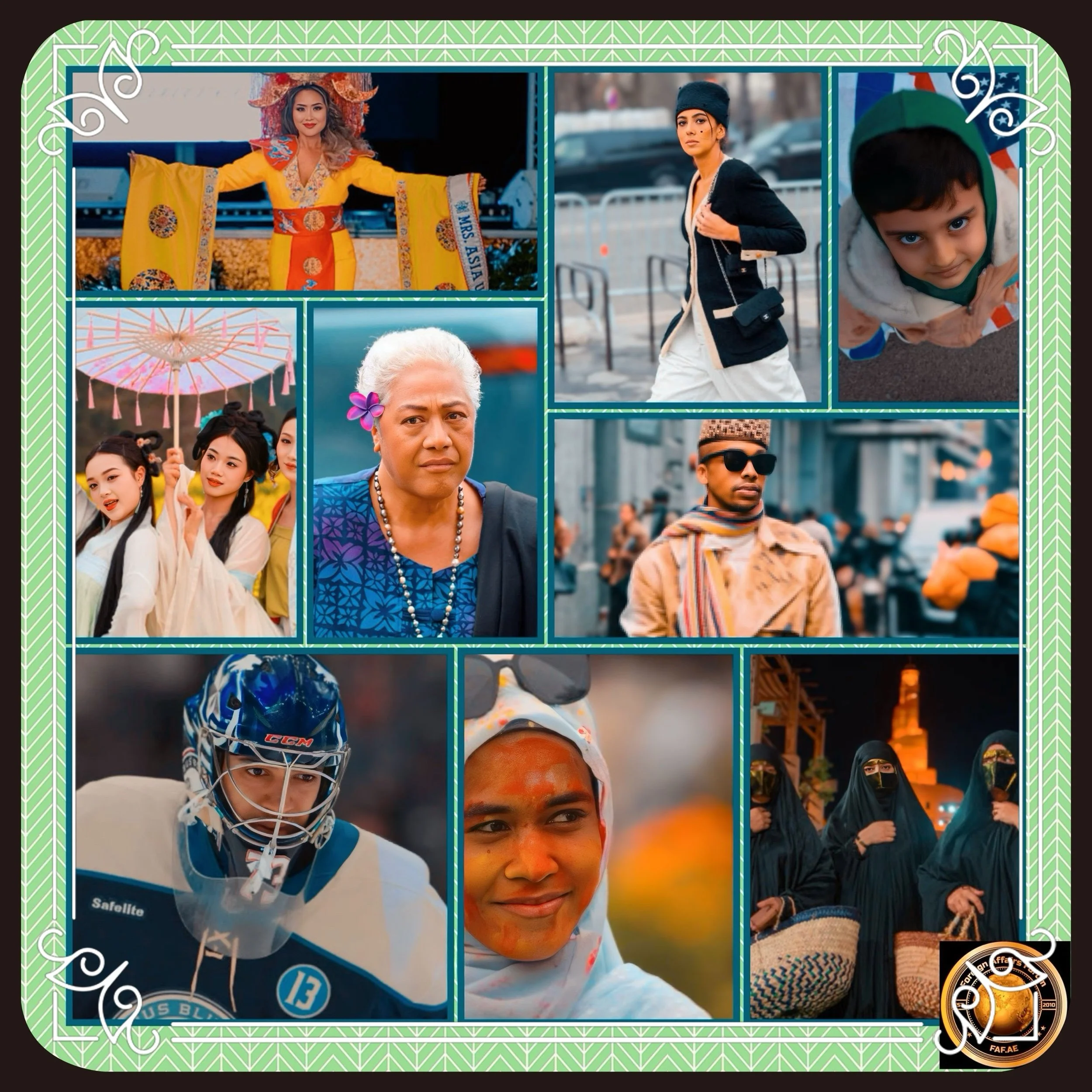Balancing Cultural Identity and Global Unity: Pathways to Harmonious Coexistence
Introduction
The quest to balance cultural identity with global unity represents one of the most pressing challenges of the 21st century. As societies become increasingly interconnected, the tension between preserving distinct artistic traditions and fostering a sense of shared humanity grows more pronounced.
FAF explores strategies to navigate this paradox, emphasizing that unity need not require uniformity and that diversity can coexist with collective progress.
Drawing on historical precedents, contemporary policies, and philosophical frameworks, it argues that cultural identity and global unity are not mutually exclusive but mutually reinforcing when approached with intentionality and respect.
The Foundations of Cultural Identity
Cultural Identity as a Pillar of Human Experience
Cultural identity encompasses the shared beliefs, practices, languages, and histories that bind communities together. It serves as a lens through which individuals interpret the world, offering a sense of belonging and continuity.
As noted in studies on multicultural societies, attempts to suppress cultural identity—such as forced assimilation programs in the early 20th century—often provoke resistance and deepen divisions.
For example, aggressive “Americanization” campaigns aimed at immigrants failed to erase ethnic identities and instead heightened awareness of cultural differences.
The resilience of cultural identity is evident in the face of globalization. Contrary to predictions that globalization would homogenize cultures, many communities have intensified efforts to preserve their heritage.
This resurgence reflects a fundamental human need: the desire to maintain unique traditions while participating in a globalized world.
Globalization’s Dual Impact on Identity and Unity
The Paradox of Connectivity and Fragmentation
Globalization has created unprecedented opportunities for cross-cultural exchange and exacerbated anxieties about cultural erosion. The European Union’s “United in Diversity” motto encapsulates this duality, recognizing that the coexistence of distinct national identities enriches unity.
However, the interplay between globalization and cultural identity is complex. While some societies embrace hybridity, others retreat into nationalism or fundamentalism as a defense mechanism.
The backlash against cultural homogenization is rooted in historical trauma. For instance, the deliberate destruction of cultural markers during genocides—such as language bans or the eradication of religious sites—has made communities more vigilant about preserving their identities.
This protective instinct underscores the importance of addressing historical injustices to build trust in global frameworks.
Strategies for Fostering Unity in Diversity
Inclusive Governance and Equitable Representation
Inclusive governance models ensure that diverse groups have a voice in decision-making processes. The European Union’s structural cohesion relies on balancing national sovereignty with collective policymaking, demonstrating that supranational unity can coexist with local autonomy.
Similarly, employee resource groups (ERGs) in corporate settings, such as those implemented by Unity Technologies, empower underrepresented voices while aligning them with organizational goals.
Education as a Bridge Between Cultures
Educational initiatives that celebrate multiculturalism can dismantle stereotypes and foster empathy. For example, India’s philosophy of “Vasudhaiva Kutumbakam” (the world is one family) is embedded in curricula to teach students about interconnectedness without negating regional identities.
Workshops on cultural competence, like those advocated in diversity training programs, equip individuals to navigate differences constructively.
Cultural Exchange and Shared Creative Endeavors
Cultural festivals, collaborative art projects, and transnational media platforms create spaces for dialogue. The LinkedIn article “Unity in Diversity: Celebrating Global Cultural Heritage” highlights how initiatives like international food fairs or language-exchange programs reduce prejudice by humanizing “the other.”
These interactions reaffirm that cultural diversity is a source of innovation, as seen in the global success of fusion cuisines and hybrid musical genres.
Addressing Historical Grievances Through Reconciliation
Healing historical wounds is essential for sustainable unity. Although imperfect, South Africa’s Truth and Reconciliation Commission (TRC) model illustrates how acknowledging past atrocities can pave the way for collective healing.
Transparent dialogues about colonialism, slavery, and systemic discrimination allow societies to confront inequities while rebuilding shared narratives.
Navigating Challenges: Globalization, Power Imbalances, and Resistance
The Risk of Centralized Control
Critics of global unity often warn against centralized power structures marginalizing local communities. The “New World Order” discourse reflects fears that supranational entities could prioritize economic or political interests over cultural preservation.
To mitigate this, frameworks like subsidiarity—which delegates decisions to the most local level possible—ensure that global policies respect regional autonomy.
The Role of Technology in Cultural Preservation
Digital platforms offer tools to safeguard endangered languages and traditions. For instance, indigenous communities use social media to teach ancestral practices to younger generations, ensuring continuity in the face of globalization.
However, technology also risks modifying culture and reducing rich traditions to marketable stereotypes. Ethical guidelines, such as those proposed by Unity Technologies for inclusive design, can help navigate this tension.
Case Studies: Successes and Lessons Learned
The European Union: A Laboratory of Unity in Diversity
The EU’s integration of 27 member states with distinct languages, histories, and legal systems demonstrates that unity need not erase identity. The EU has turned diversity into a strategic asset by enshrining multilingualism and funding cultural preservation programs. However, rising Euroscepticism underscores the need for constant recalibration to address economic disparities and nationalist sentiments.
Corporate Integration: Merging Cultures Without Erasure
Corporate mergers often fail due to cultural clashes, but companies like PJR and Unity Technologies have pioneered strategies to harmonize disparate workforces. Tactics include:
Town hall meetings to air concerns and align objectives.
Customized team-building activities, such as designing company-branded apparel, to create shared symbols of belonging.
Mentorship programs that pair employees from different backgrounds to foster mutual learning.
Toward a Global Ethos: Reconciling Identity and Unity
Reimagining Citizenship in a Borderless World
The concept of global citizenship, as advocated in “Humanity First: A Vision for Global Unity,” expands traditional notions of belonging. It encourages individuals to identify both with their cultural roots and with the broader human family, much like dual citizenship allows for layered identities.
Educational campaigns that highlight shared challenges—such as climate change or pandemics—reinforce this dual allegiance.
Spiritual and Philosophical Frameworks for Unity
Many spiritual traditions offer blueprints for harmonizing diversity with unity. The Baháʼí Faith, for instance, teaches that all religions are “progressively revealed” expressions of a single divine truth, advocating for a global society that celebrates cultural pluralism. Similarly, the African philosophy of Ubuntu (“I am because we are”) frames individuality as inextricable from community.
Conclusion
A Call for Nuanced Balance
Balancing cultural identity with global unity requires rejecting false binaries. It is not a choice between homogenization or fragmentation but a dynamic interplay where each enriches the other. Key takeaways include:
Cultural identity thrives when respected, not suppressed, within inclusive systems.
Global unity gains legitimacy by addressing historical inequities and decentralizing power.
Education and dialogue are the bedrock of mutual understanding, transforming diversity from a challenge into an asset.
As societies navigate this balance, they might heed the wisdom of Indian philosopher Rabindranath Tagore, who envisioned a world where “the unity of man is not in uniformity but in the harmony of diversities”.
By embracing this ethos, humanity can forge a future where cultural pride and global solidarity coexist.





